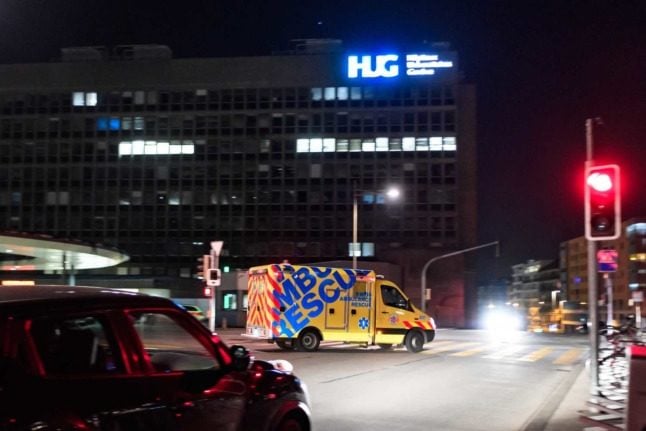The country now has survival figures close to those of neighbours Sweden, Norway and Finland, closing a previously significant gap.
An international study concluded that more people in Denmark are now surviving cancer, reports Videnskab.dk.
“It is fantastic that we have managed to turn the statistics around in just 15 years,” Gerda Engholm, senior statistician with the Danish Cancer Society (Kræftens Bekæmpelse), told Videnskab.dk.
Engholm provided Danish statistics to the study, which was carried out by international medical journal The Lancet.
“We have made up ground on the other Nordic countries in many areas. We are still not quite as good, be we have really gained a lot,” she said.
One area of dramatic improvement is prostate cancer, with a 35 percent increase in survival rates.
The general improvement is related to investment in better equipment and shorter waiting times for diagnosis and treatment over the last 15 years.
Denmark, like the other Nordic countries, is now one of the leading countries internationally for treating the disease.
“We have good reason to assume that [Danish regional health authority investments and initiatives] have played a significant part [in the improvement],” said Elisabeth Lynge, professor at the University of Copenhagen and Nykøbing Falster hospital, to Videnskab.dk.
Lynge has researched cancer prevalence and the effect of breast cancer screening on survival rates.
Engholm said she agreed with the assessment that measures taken by authorities were paying off.
“Cancer has come to be seen as an acute illness where waiting times can have decisive effects on survival. This is particularly crucial with certain types of cancer,” she said.
Practice regarding screening for the disease was changed in the early 200s from testing for individual diseases to a more comprehensive approach, in which patients were given appointments for tests for a range of cancer types.
READ ALSO: Denmark still worst country in the Nordics for cancer (from 2017)



 Please whitelist us to continue reading.
Please whitelist us to continue reading.